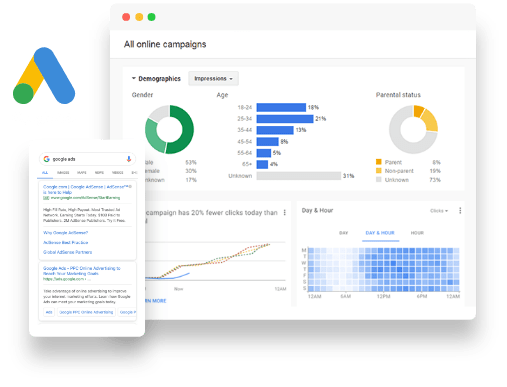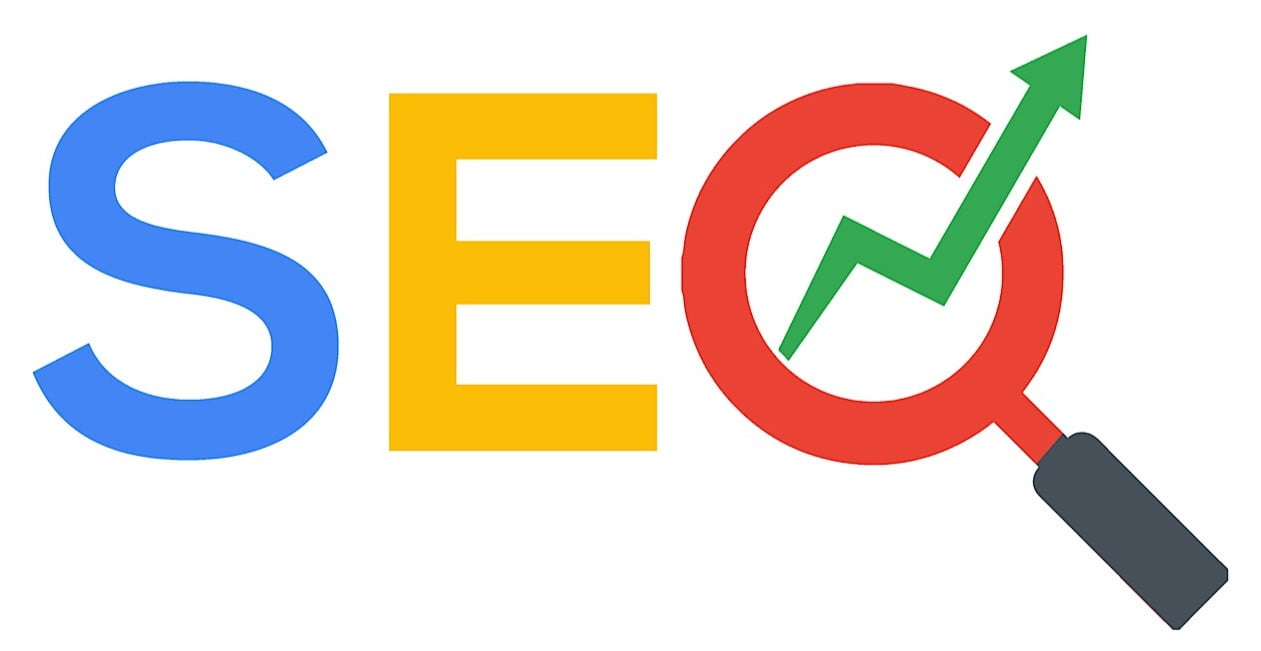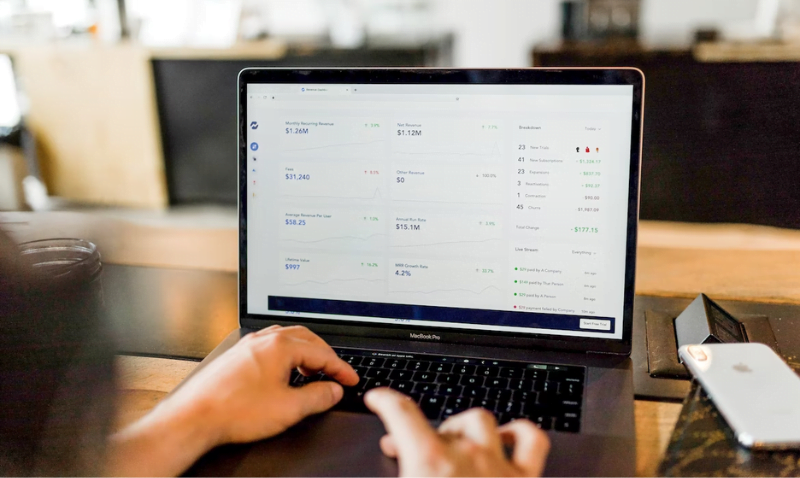Google Ads (SEM)
The most effective ways to grow your business and reach new customers

History of search engine marketing

SEM has been around since the early days of the internet. In the 1990s, businesses began to realize the potential of the internet as a marketing tool. They started to create websites and used keyword-rich titles and descriptions to try to attract visitors from search engines.
As search engines became more popular, businesses began to invest more in SEM. In the early 2000s, Google launched its AdWords program, which allowed businesses to place ads on Google’s search engine results pages. This was a major turning point for SEM, as it made it much easier for businesses to reach their target audiences.
The 5 benefits of Search
Engine Marketing
The decision to upgrade your website is a big one. It requires time, money, and energy.
Brand Awareness
Paid ads in search engine marketing help your brand cut through competition noise. Whether it’s the headline or URL link, these ads can leave a lasting impression on customers' perception of your brand.
Fast Visibility
Creating visibility through organic SEO takes time and energy. Search engine marketing on the other hand provides almost instantaneous results. Your ad is placed in front of your potential customer as soon as they search for you.
Simple Management
Another attractive benefit of search engine marketing is simplicity. Platforms like Google Ads make it easy to both create and manage any ads that you use through the service.
Increases Traffic to Your Website
The ads for your website are often the first thing that users see when they search for relevant interests. If your ad copy is effective, then this can drive traffic to your website. This is especially helpful if you’ve been having trouble generating traffic organically through SEO.
Easy to Target the Audience You Want
As we mentioned, search engine marketing allows you to target users that live in a certain location near your business. However, this isn’t the only way that SEM can help put you in front of your ideal audience. Different age groups, races, and socioeconomic groups use different keyword searches.
The difference between
SEM and SEO
Google’s search results are divided into two main categories: the paid search results and the organic search results.

COST
The SEM term pay-per-click is a clue in itself. You pay every time a user clicks on your paid search result.
TIME
SEM can do something only SEO dreams of: to shoot your site to the top overnight. That’s because as soon as an ad is paid for and deployed, it’ll start appearing on SERP. It can also be adjusted at any given time so that it would rank even higher.
SEARCH
SEM provides the option to add extra features to appear in search results including call, site link, and other ad extensions.

COST
SEO, on the other hand, while not free isn’t nearly as costly when compared to SEM. It’s true that you’ll have to spend a certain amount on a competitive SEO campaign.
TIME
SEO is the slow and steady counterpart here. It’ll typically take a few months for results to start showing up. And within those months, the continuous implementation of good SEO strategies is necessary for the campaign to produce good results.
SEARCH
Search results in SEO are shown in plain text. Therefore, SEO marketers must rely on title and meta description in order to attract a click.
SEM Package Price
Let us help you develop your online presence and expand your business today
Basic
Keyword Research
Ads Development
Bidding
Ad Extensions
Negative Keywords
Premium
Keyword Research
Ads Development
Bidding
Ad Extensions
Negative Keywords
Remarketing – Display
call only ads
Premium Plus
Keyword Research
Ads Development
Bidding
Ad Extensions
Negative Keywords
Remarketing – Display
call only ads
Google Shopping – Ideal for E-Commerce companies
How Does SEM Work?
Search engines use algorithms to rank SEM ads and determine their search relevance. Paid search engine marketing is all about creating the right search engine marketing strategy, bidding on high-value keywords and continuously improving your search advertising tactics based on analytics results to lower your ad spending and improve profitability.

Keyword Research and Analysis
Our SEM company utilizes advanced keyword research tools, such as Google Search Console, to identify high-performing search terms and eliminate negative keywords from your list that are not an effective use of your search advertising budget.

Ads Creation and Landing Page Development
Once we’ve identified your target keywords, our search engine marketing experts craft text-based ads to display in search results and link them to unique, optimized landing pages. The goal is to capture your target audience’s initial search intent and move them to the bottom of your sales funnel.

Account Setup and Tracking
This phase is crucial in understanding the effectiveness of your search engine marketing strategy. Our SEM firm runs a lead-tracking report to see if the search engine in use supports conversion tracking. If it does, we double-check the codes to ensure they are properly installed on your landing pages.

Campaign Launch and Monitoring
Now that you have optimized paid search marketing ads, well-designed landing pages and a robust search engine marketing strategy, you are almost ready to launch your PPC search engine marketing campaign. Our SEM agency manages your campaign settings, such as locations, languages, networks and devices, to determine how your ads will run. Upon the campaign launch, we closely monitor your ad performance.
When is SEM right for your business?

When you’ve found your product/market/messaging fit. Your Quality Score determines how much you pay per click. A good score depends on ad copy that resonates with your target searchers. To be successful with SEM, you need to understand who your market is (product/market fit) and what resonates with them (market/messaging fit). If you haven’t accurately determined this, Google may assign you a low Quality Score, meaning you will be charged more for ads, and it will be difficult to succeed.
The difference between
SEM and SEO
Google’s search results are divided into two main categories: the paid search results and the organic search results.


The SEM term pay-per-click is a clue in itself. You pay every time a user clicks on your paid search result.
Cost
SEO, on the other hand, while not free isn’t nearly as costly when compared to SEM. It’s true that you’ll have to spend a certain amount on a competitive SEO campaign.
SEM can do something only SEO dreams of: to shoot your site to the top overnight. That’s because as soon as an ad is paid for and deployed, it’ll start appearing on SERP. It can also be adjusted at any given time so that it would rank even higher.
Time
SEO is the slow and steady counterpart here. It’ll typically take a few months for results to start showing up. And within those months, the continuous implementation of good SEO strategies is necessary for the campaign to produce good results.
SEM provides the option to add extra features to appear in search results including call, site link, and other ad extensions.
Search
Search results in SEO are shown in plain text. Therefore, SEO marketers must rely on title and meta description in order to attract a click.
